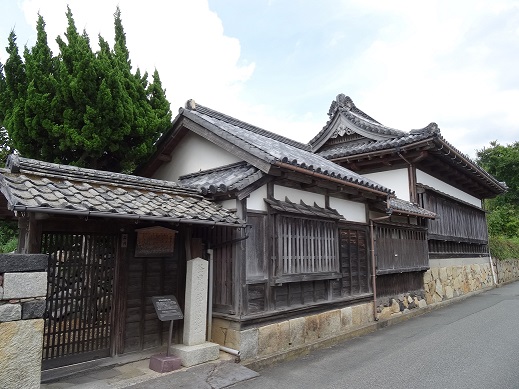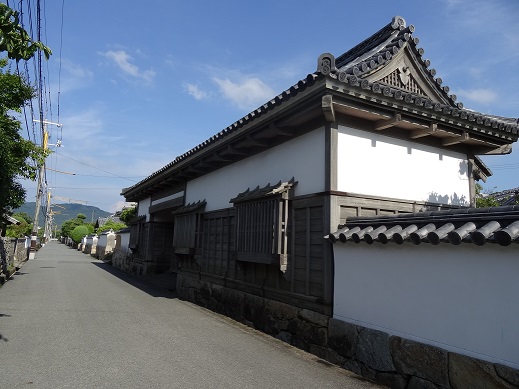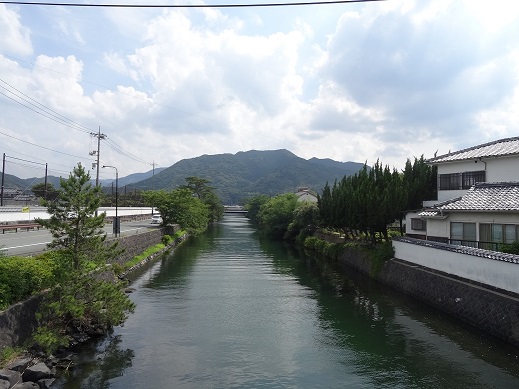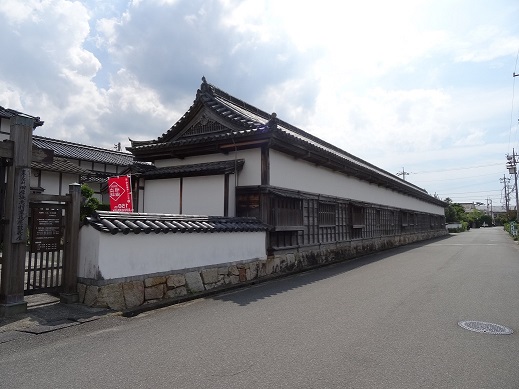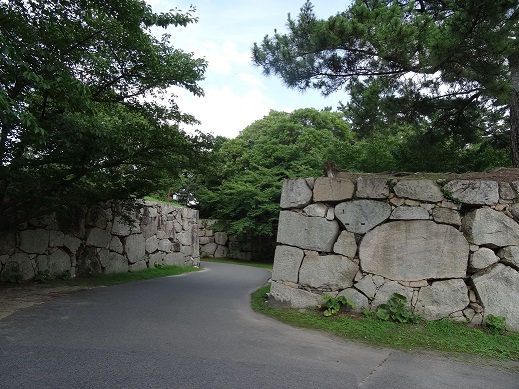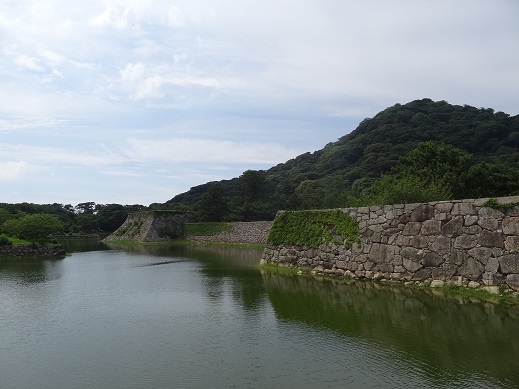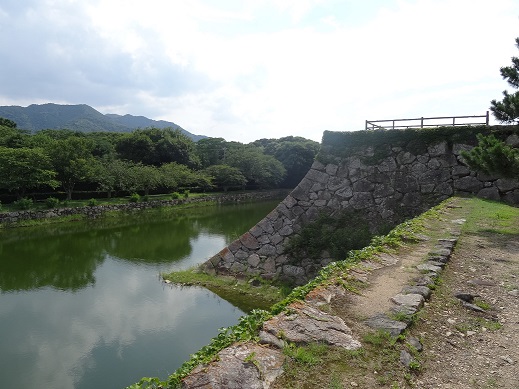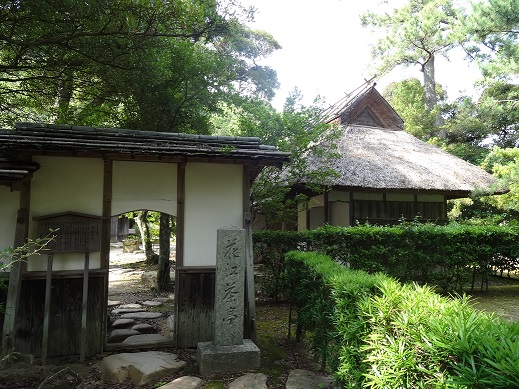|
Ruins of Hagi Castle

Hagi Castle was built in 1604 by Mori Terumoto (1553-1625) .At the end of the Muromachi Age (1336-1573) , MORI Motonari (1497-1571) , the grandfather of Mori Terumoto, expanded his territory and he finally governed the west side of the Main Island of Japan (present-day, Hiroshima, Shimane and Yamaguchi Prefectures). At the battle of Sekigahara on September 15, 1600, which was the fateful battle between the Eastern and Western armies, MORI Terumoto became the commander in chief of the Western army against TOKUGAWA Ieyasu (1543-1616) . As the western army lost at the battle, the territory of MORI Terumoto was reduced one fourth, to the area of present-day Yamaguch Prefecture. Hagi Castle became the residence of MORI Clan, who were castle lords during the Edo Age, and the government office of Choshu Domain.Horiuchi Historical District, which is located to the east of the main bailey of Hagi Castle, used to be the third bailey of Hagi castle. There are a couple of remaining "Samurai" residences in the historical district. |
